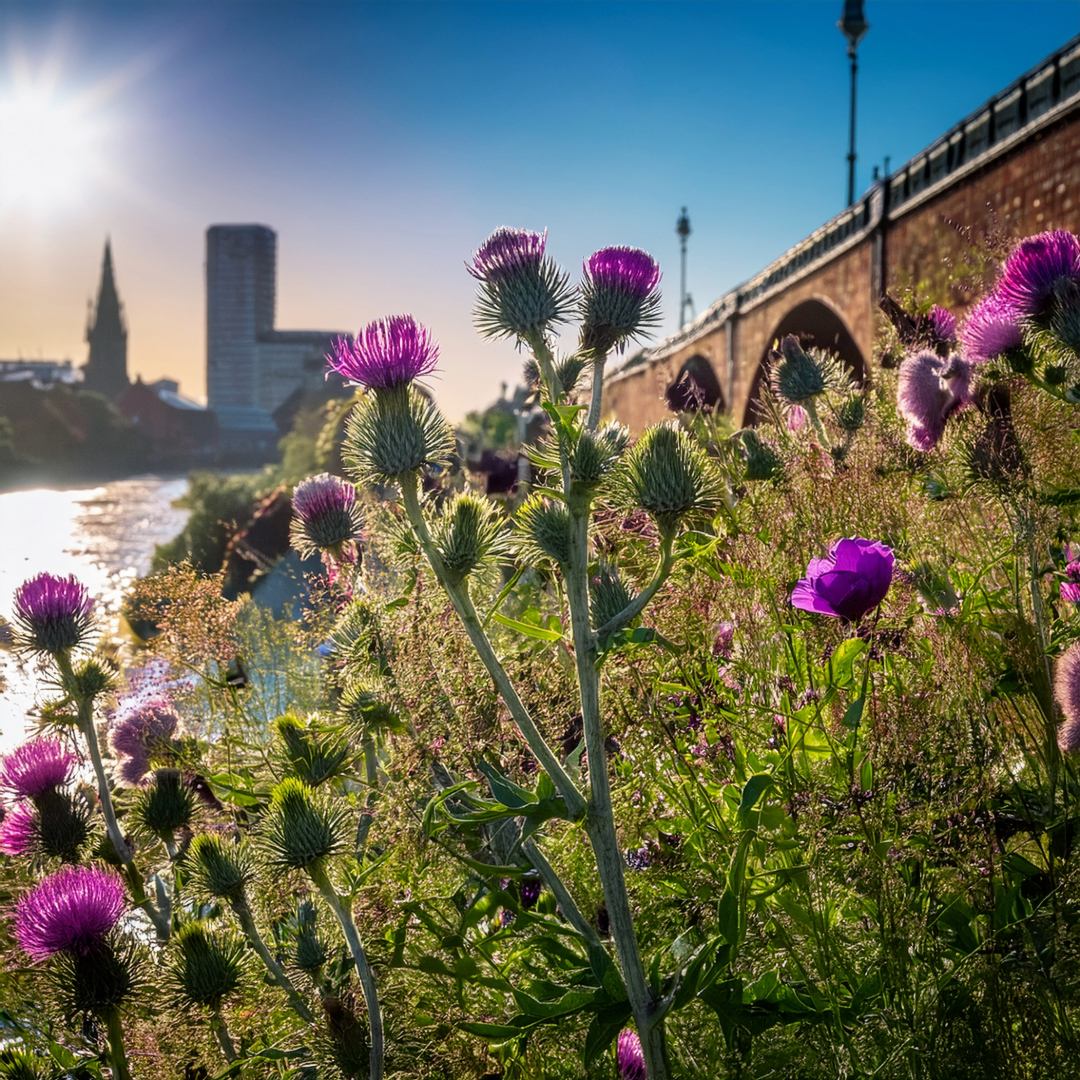
Return on 06 July to explore London’s most defiant—and delicate—summer blooms!
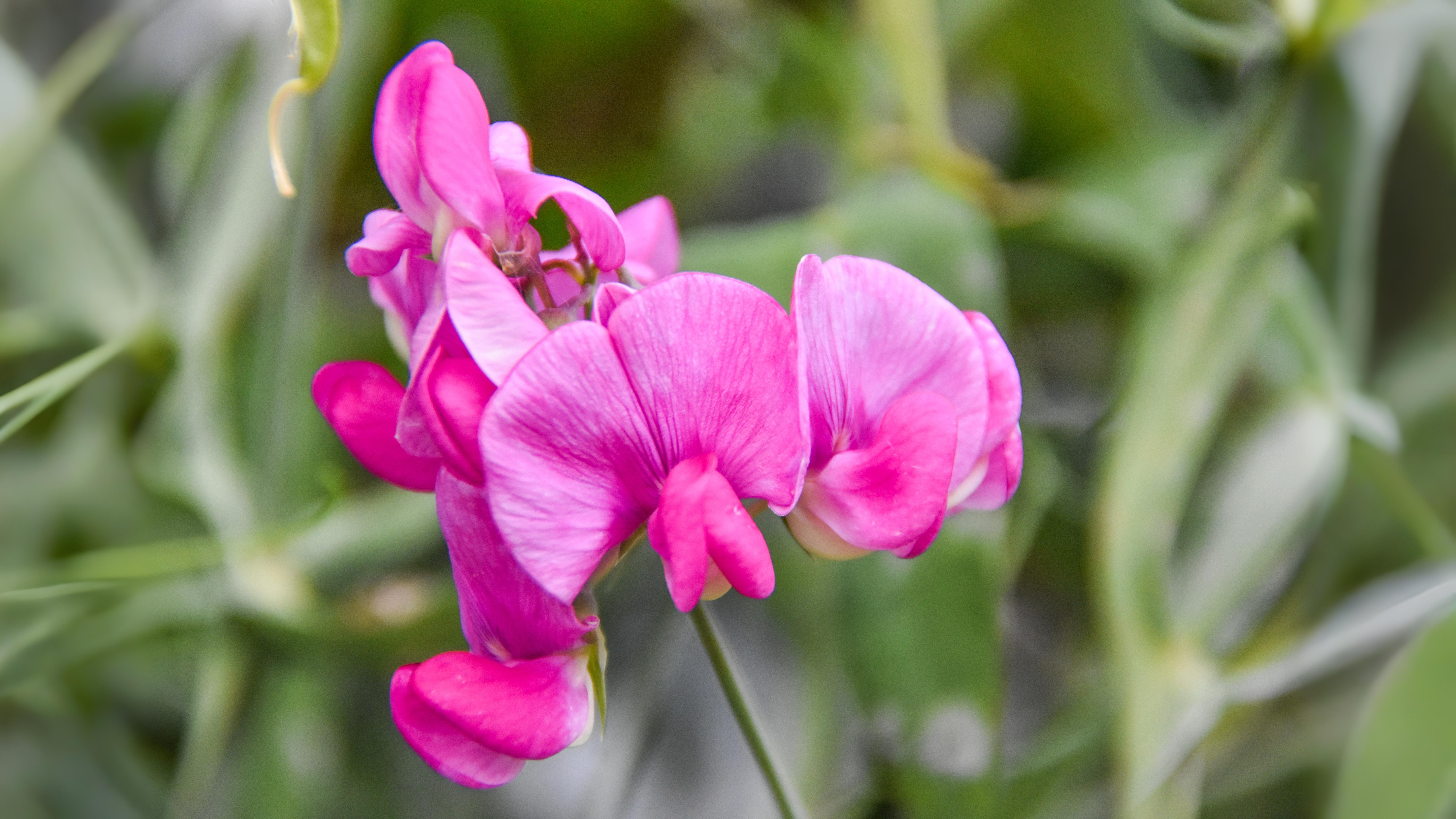

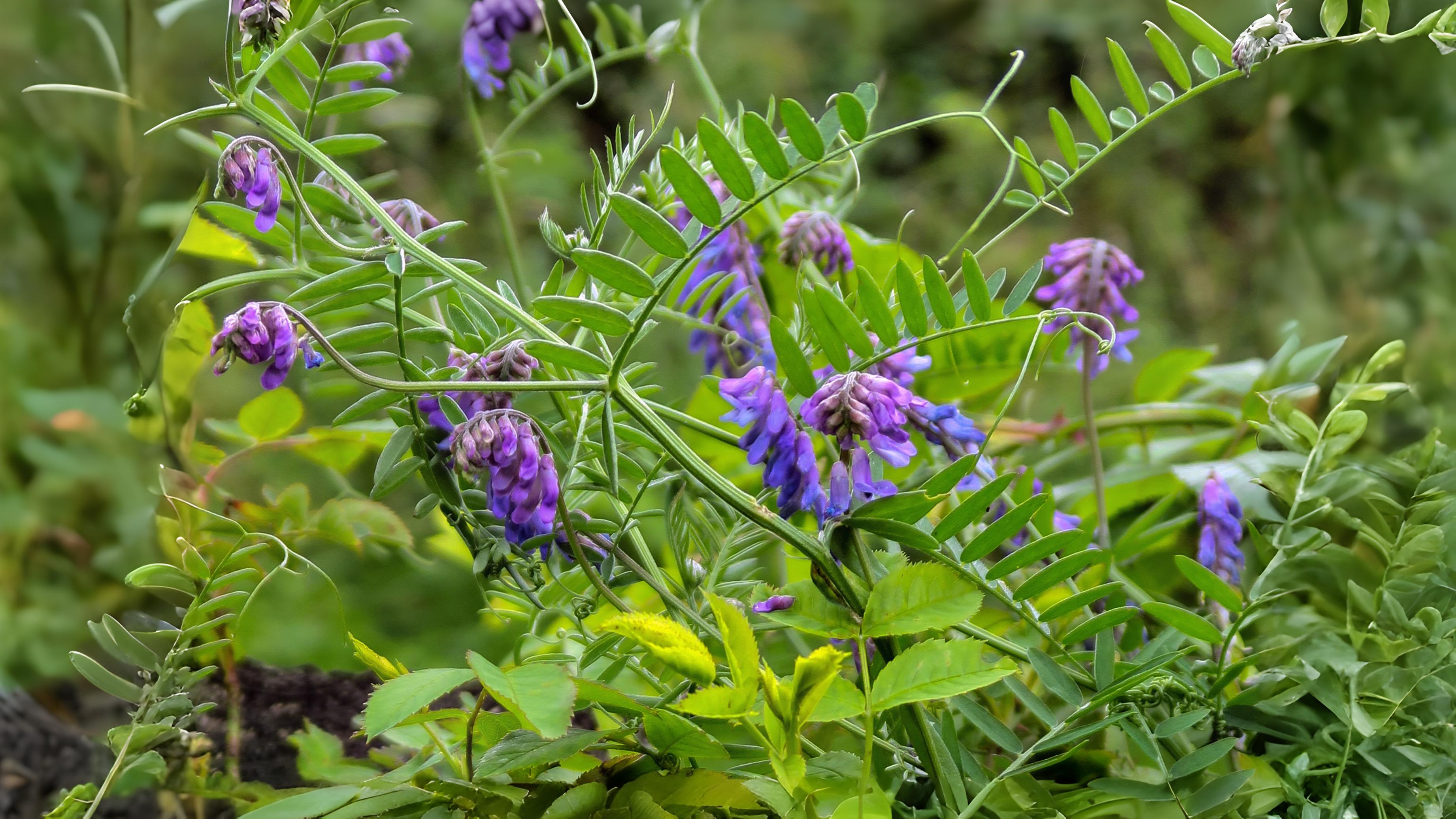

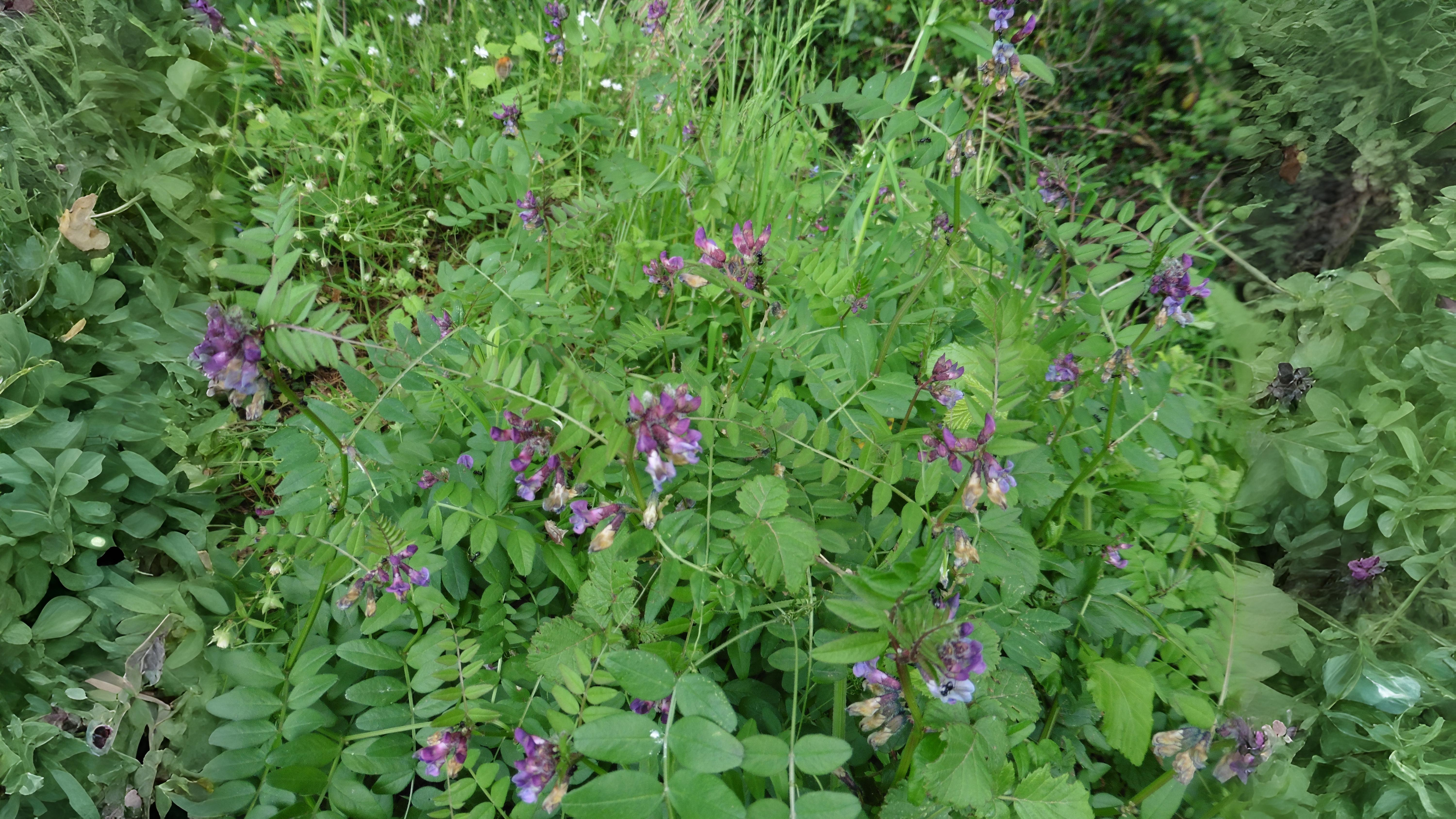

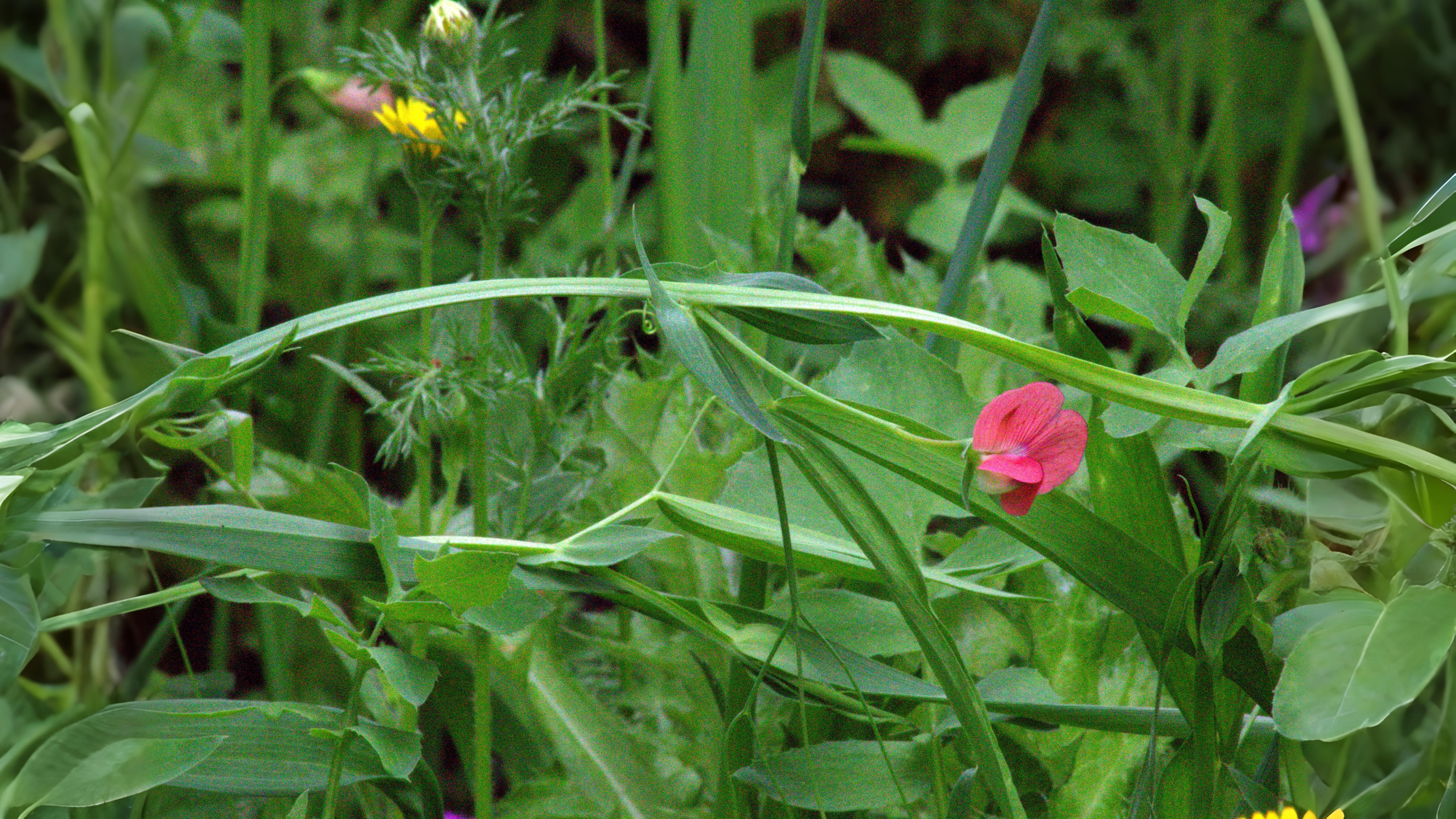

A much larger, brighter pink pea familiar to railway commuters is the broad-leaved everlasting pea Lathyrus latifolium which is common on railway embankments. Its flowers can vary from pink to purple and even magenta.
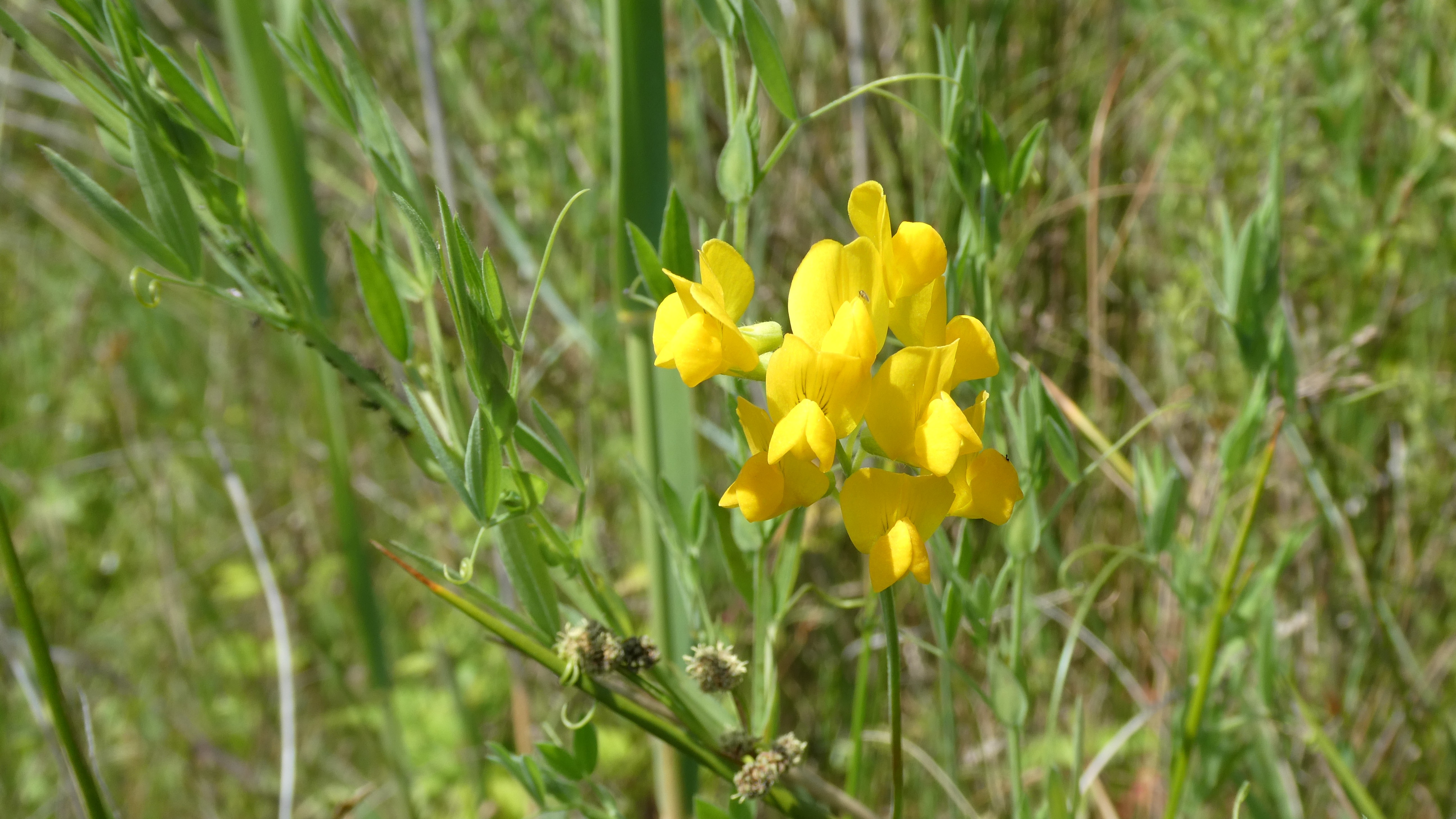



Then there are the peas found in the wild that originated from our gardens e.g. the broad bean Vicia falsa, spring vetchling L. vernus, the true everlasting pea L. grandiflora and the most celebrated of all, the sweet pea L. odoratus.
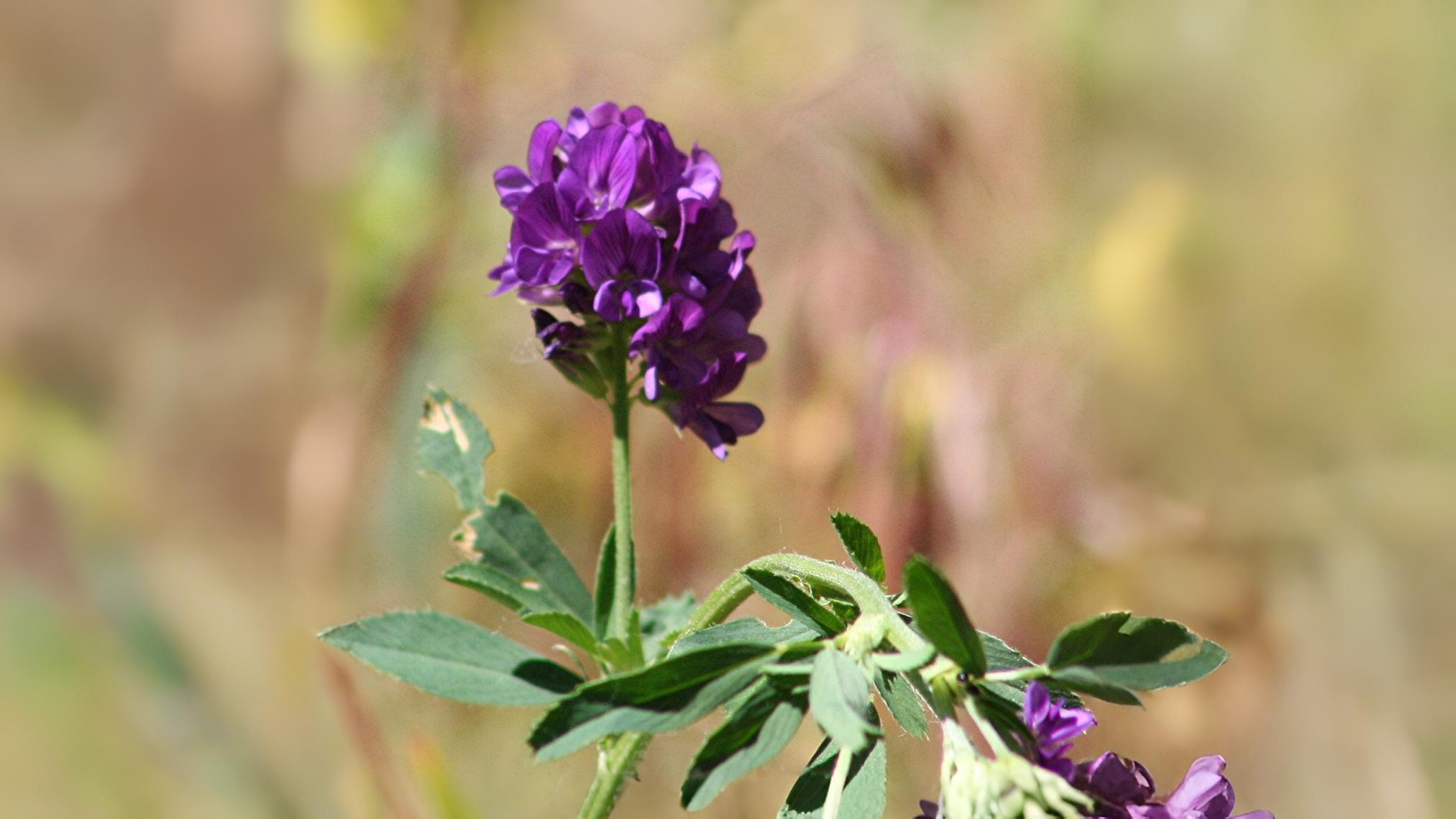







Other thistles seen this month are less easily confused. The woolly thistle C. eriophorus is huge with a very woolly flowerhead which later develops red-tipped spines. The milk thistle Silybum marianum like the woolly thistle is rarely seen in the wild but is often planted in gardens due to the attractive milky-white markings on its leaves.


On downland two other much smaller thistles get noticed especially by picnickers when they sit on them. One looks golden yellow and opens and closes its flowers depending on how wet it is. This is the carline thistle Carlina vulgaris. The other is the stemless thistle Cirsium acaule which is purple rather than golden and not surprisingly stemless. Another less often seen but attractive thistle is the slender thistle Carduus tenuiflorus. This is best looked for along the tidal Thames. It is similar to the welted thistle but more slender and with much paler flowers.



